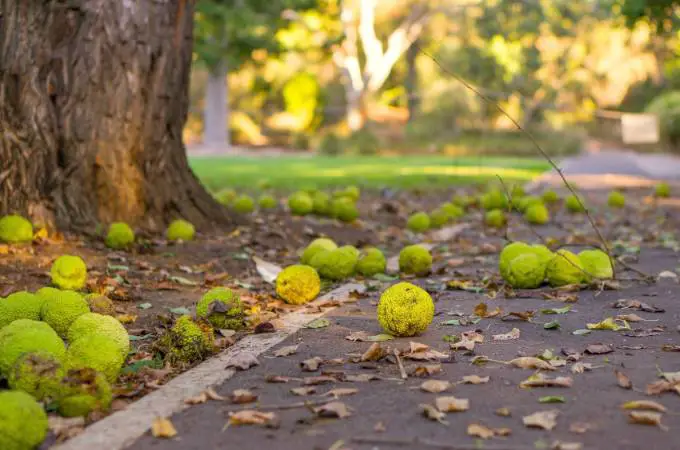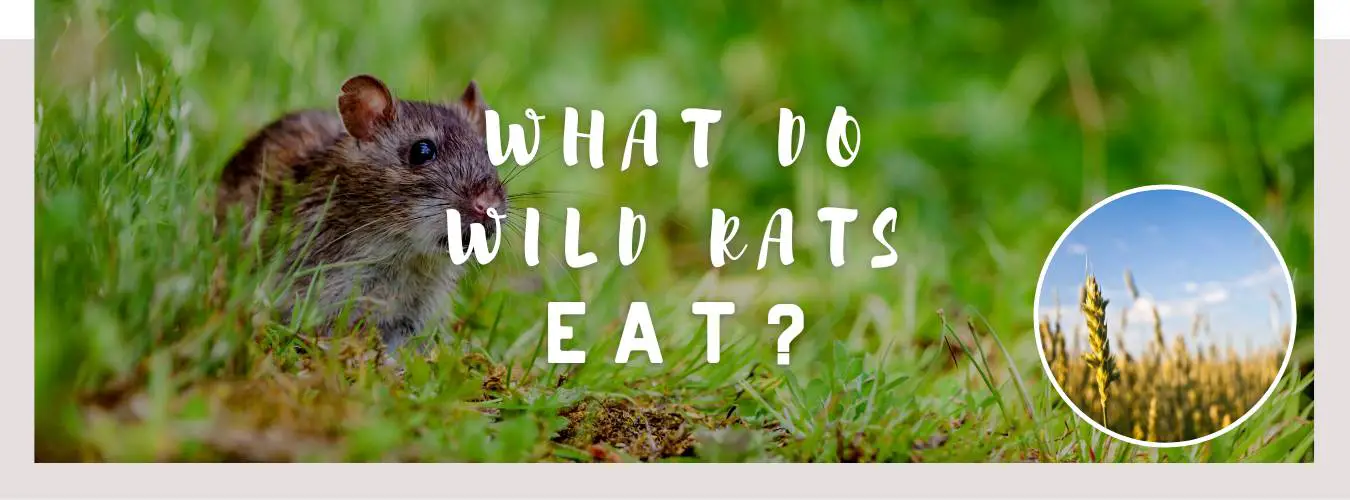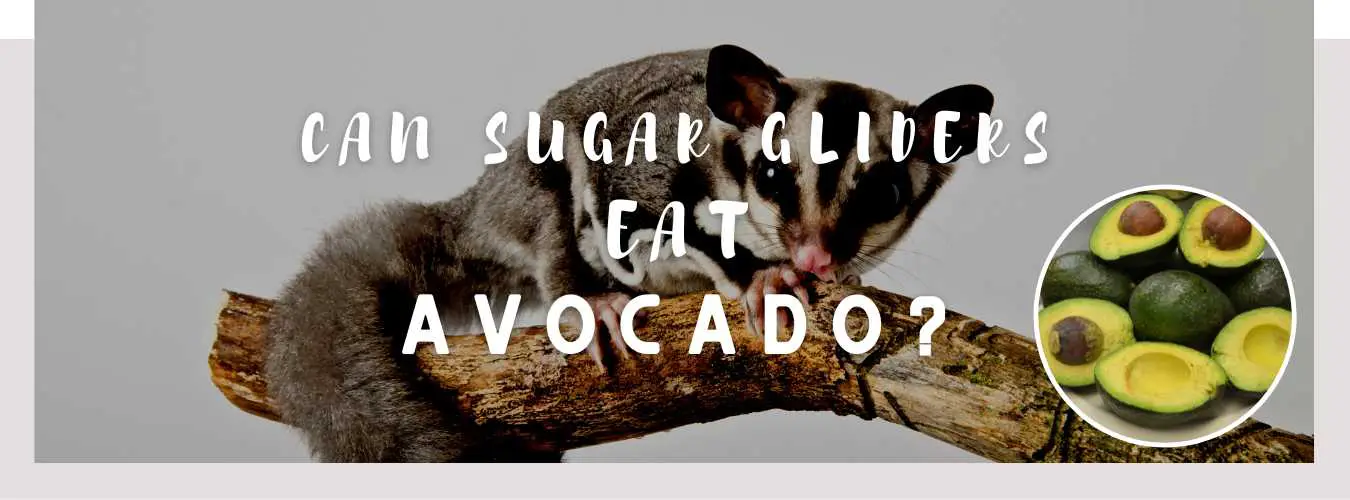
Wild rats are widely distributed around the world and renowned for their scavenging skills. As omnivores, these rodents consume both plant and animal-based foods. Thanks to their adaptability, wild rats have access to an extensive range of food options in the wild. In this article, we’ll look into what types of foods wild rats eat, their feeding habits, and how it impacts the environment.
Dietary Habits of Wild Rats
Wild rats have various feeding preferences.
Rats are opportunistic feeders, meaning they take advantage of whatever food is available in their environment. Wild rats tend to be nocturnal and forage for food during the night; however, they can also be active during the day depending on food availability.
Wild rats feed on both plant and animal-based foods. Their diet typically consists of grains, fruits, vegetables, insects, and small animals; in addition, they take advantage of the carcasses of other deceased animals such as other rats to supplement their protein supply.
You might also like: Can Rats Eat Cranberries?
Plant-Based Foods

Wild rats feed on a variety of plant-based foods. They eat grains such as wheat, corn, and oats; seeds like sunflower and pumpkin; fruits like berries, grapes, and apples; carrots, broccoli, and peas are also part of their diet.
Animal-Based Foods
Wild rats are opportunistic predators and scavengers. They feed on insects such as cockroaches, crickets, and grasshoppers; they also prey on small animals like mice, birds, and reptiles. Rats have been known to attack and consume the young of these species–including their eggs–without warning.
Rats have been known to feed on carrion or the flesh of dead animals. This includes other rats as well as roadkill and domestic pets like cats and dogs.
Feeding Habits of Wild Rats
Wild rats feed on various sources.
Wild rats are social animals that congregate together. Usually, they nest in burrows or other protected places and store food for later use. Wild rats also tend to hoard, often stashing food away in their burrows for future consumption or creating multiple caches around the territory to ensure a constant source of sustenance.
Rats are highly adaptable creatures, capable of altering their feeding habits based on food availability. When food is scarce, rats will eat anything they can find – including non-food items like paper, plastic, and even soap!
Rat Diet Effects on the Environment
Rat diets have an enormous effect on our environment.
Wild rats are an integral part of the ecosystem and their diet plays a significant role in maintaining it. Rats have been known to consume insects, helping control their population. Furthermore, they feed on dead animal carcasses which helps clean up after them.
Rats can cause significant environmental harm as well. They have been known to raid gardens and farms, eating crops and destroying vegetation. Furthermore, rats carry diseases that affect other animals as well as humans.
You might also like: Can Rats Eat Guinea Pig Food?
Controlling Rat Populations

Achieving effective control over rat populations requires effective communication.
Rats can be a nuisance and health hazard, so it’s essential to control their population. There are various methods available for controlling rats, such as:
Traps: Traps can be utilized to capture rats alive or kill them. Different types of traps exist, such as snap traps, live traps, and glue traps.
Poison Baits: Poison baits can be used to kill rats. However, extreme caution should be exercised when using poison baits since they have the potential for harming other animals and humans as well.
Natural Repellents: Natural repellents such as peppermint oil, garlic, and ammonia can be employed to deter rats.
Exclusion: Exclusion measures such as sealing off entry points to homes and buildings can effectively keep rats out.
It is essential to remember that these methods can be successful at controlling rat populations, but they should always be done so safely and humanely.
Conclusion
Wild rats are omnivores that consume both plant and animal-based foods. Their diet consists of grains, fruits, vegetables, insects, and small animals. Rats have an adaptable nature; their feeding habits may change according to food availability. While rats play an important role in ecosystems, they can also cause environmental damage and pose health hazards to humans.
Controlling rat populations is essential in avoiding property damage and disease transmission. There are various methods available for doing this, such as traps, poison baits, natural repellents, and exclusion methods.
In conclusion, understanding wild rats’ feeding habits and their effect on the environment is essential in developing effective methods for controlling their populations. By employing safe and humane techniques, we can coexist with rats while preventing harm to ourselves or the environment.










